David Dickinson
David Dickinson is a freelance science writer and long-time sky watcher. He has built telescopes and observatories, chased eclipses, and travels and observes with his wife, Myscha, on a mission to get ‘eyes on the sky’ worldwide. His books The Universe Today Ultimate Guide to Observing the Cosmos, The Astronomer’s Deep-Sky Field Guide and science fiction short stories are available here.
Recent Articles
-
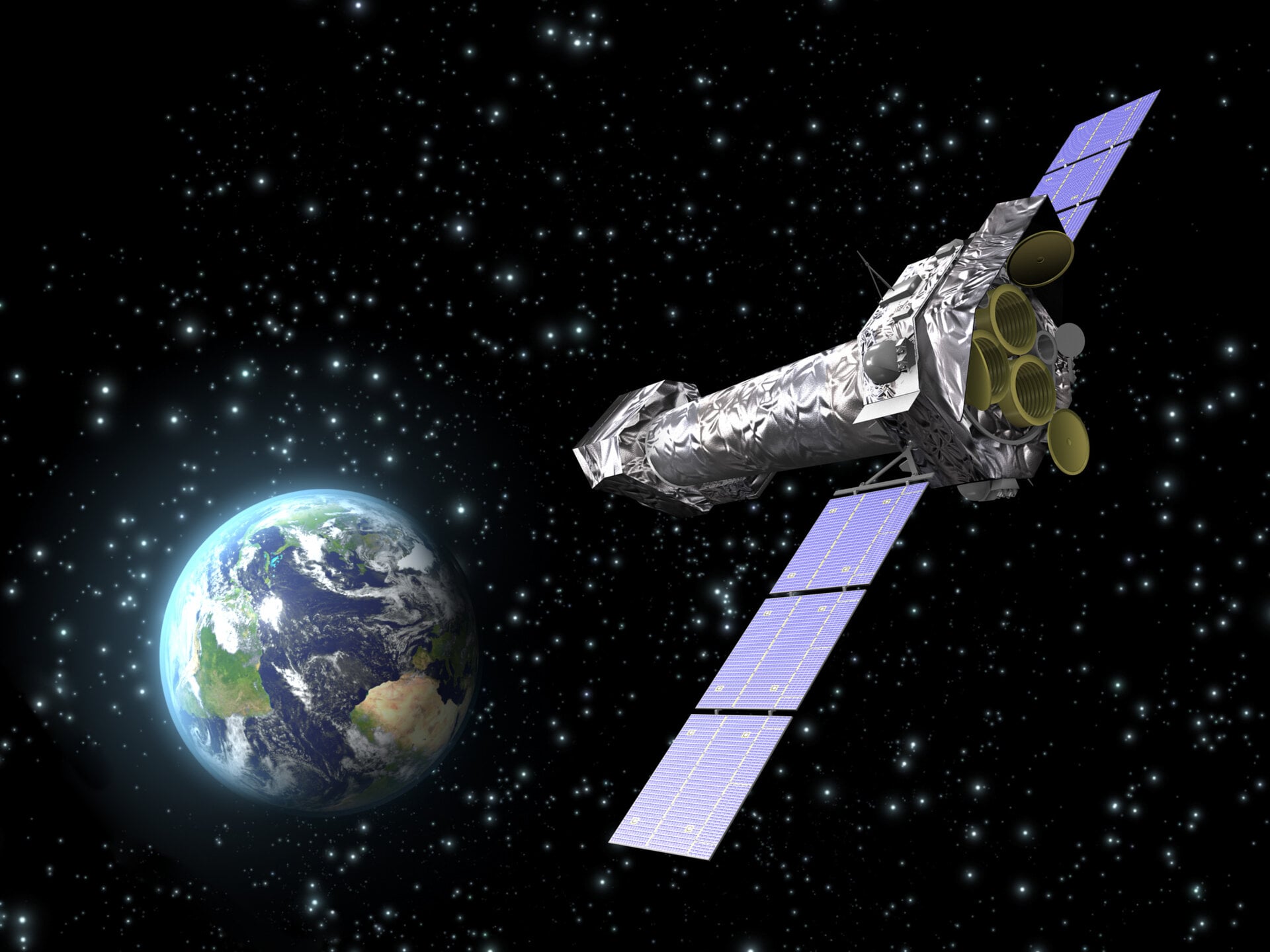
-
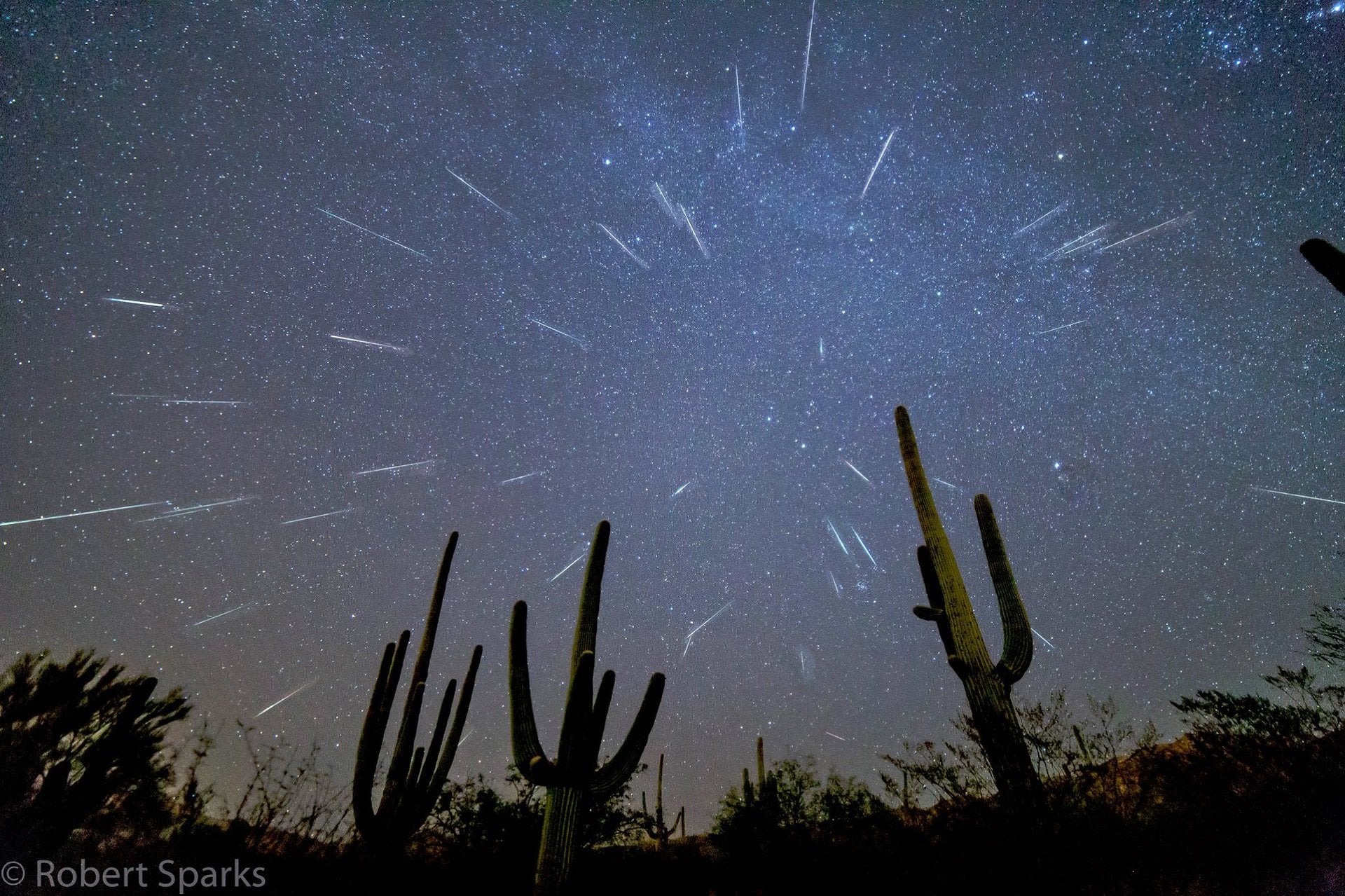
Why 2025 is an Amazing Year to Catch the Geminid Meteors
December 11, 2025It’s one of the better annual meteor showers, and 2025 is shaping up to give sky watchers a chance to see it at its best. If skies are clear this weekend, be sure to be vigilant for the Geminid meteors.
-
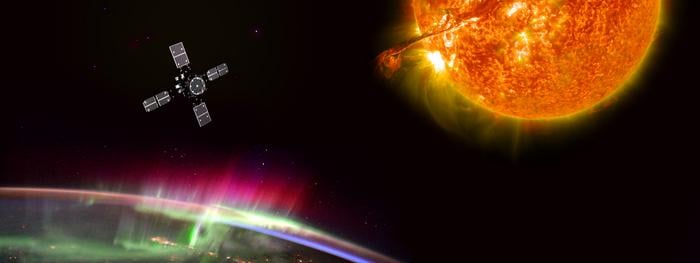
Historic May 2024 Gannon Solar Storm Compressed Earth’s Plasmasphere
December 05, 2025A powerful geomagnetic superstorm is a once a generation event, happening once every 20-25 years. Such an event transpired on the night of May 10/11, 2024, when an intense solar storm slammed into the Earth’s protective magnetic sheath. Now, a recent study shows just how intrusive that storm was, and how long it took for the Earth’s plasma layer to recover.
-
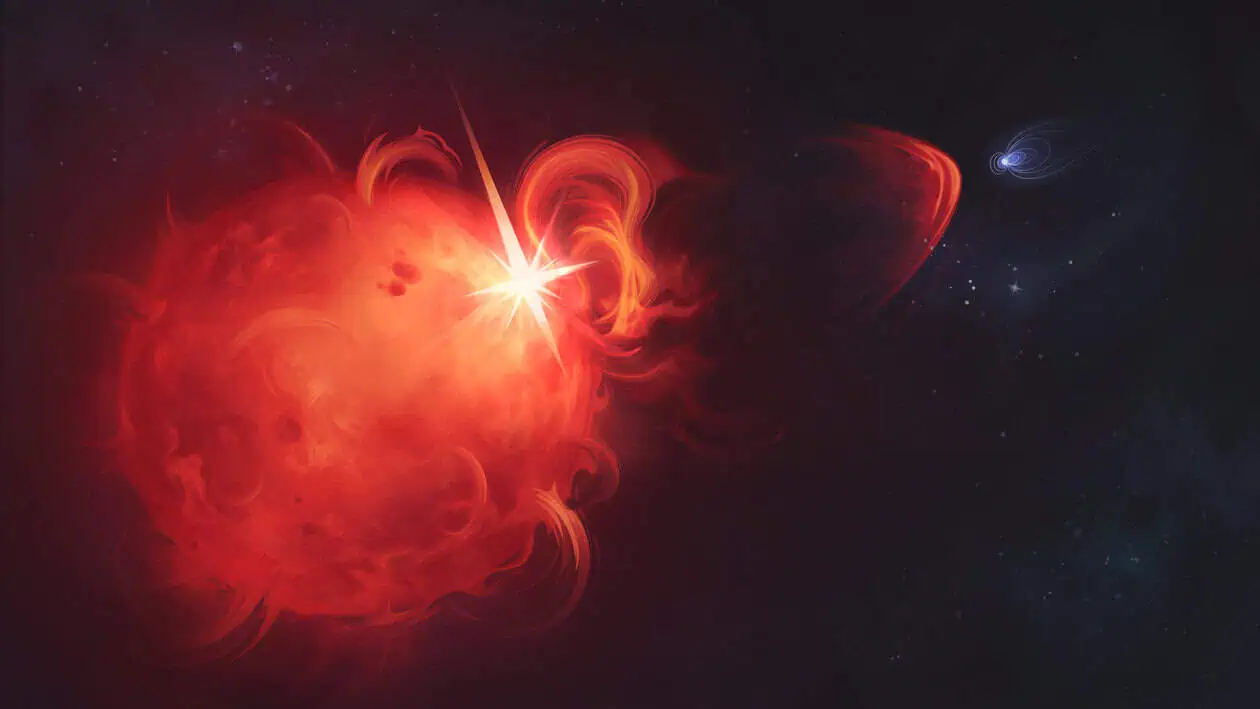
Devastating Stellar Storm Seen on Red Dwarf Star
November 27, 2025On Earth, Coronal Mass Ejections (CMEs) like the one we experienced earlier this month are aesthetic, even disruptive events, sending aurora southward and interrupting radio signals. But around other stars, they could prove lethal to life. This point was driven home by a recent CME detection from an M-class red dwarf star. This marks the first detection of an energetic Type II radio burst from a nearby star.
-
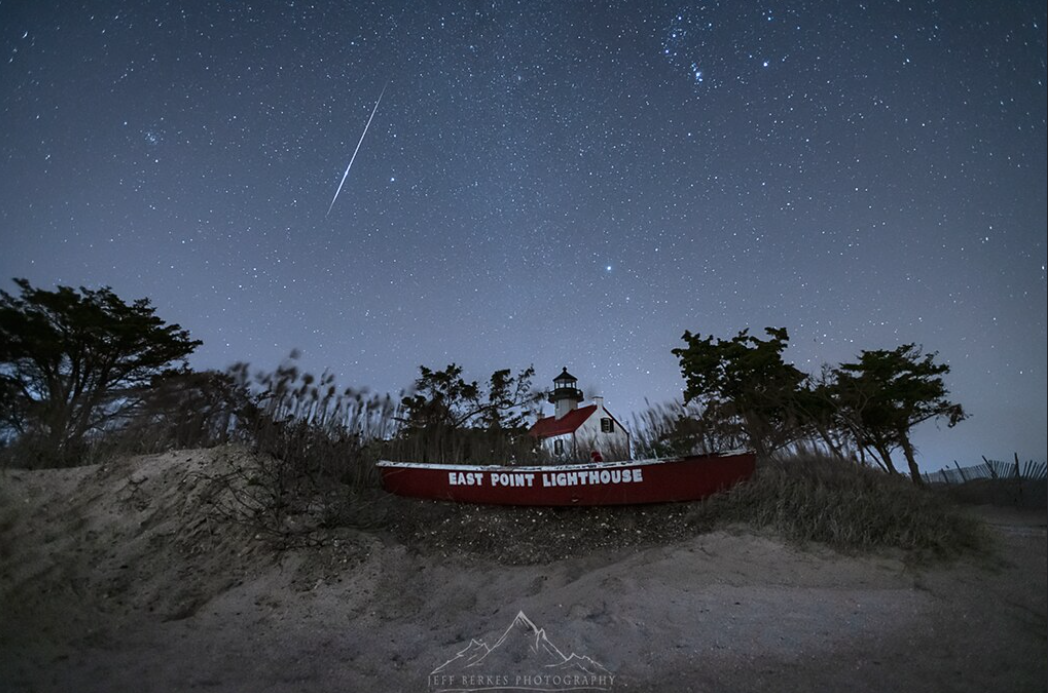
Sunday Night Doubleheader: Catch the 2025 Leonid Meteors and an Aurora Encore
November 16, 2025Keep an eye on the sky Sunday night and early Monday morning for the Leonid meteors, and a possible second auroral storm. Once every other generation, the Lion roars. If skies are clear Monday morning, keep an eye out for one of the best annual November showers, the Leonid meteors. Also as an extra treat, the skies may stream with aurora once again.
-
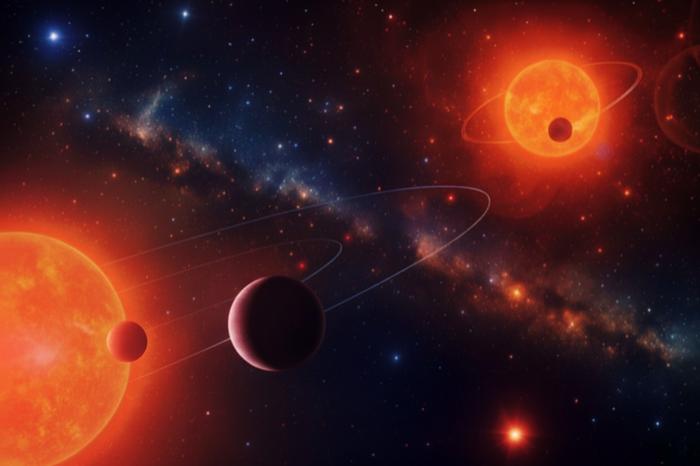
Miniature Binary Star System Hosts Three Earth-sized Exoplanets
November 14, 2025A new discovery adds to the growing menagerie of exoplanets. These days, word of a new exoplanet discovery raises nary an eyebrow. To date, the current number of known exoplanets beyond our solar system stands at confirmed 6,148 worlds and counting. But a recent study out of the University of Liège in Belgium titled Two Warm Earth-sized Planets and an Earth-sized Candidate in the Binary System TOI-2267 shows just how strange these worlds can be.
-
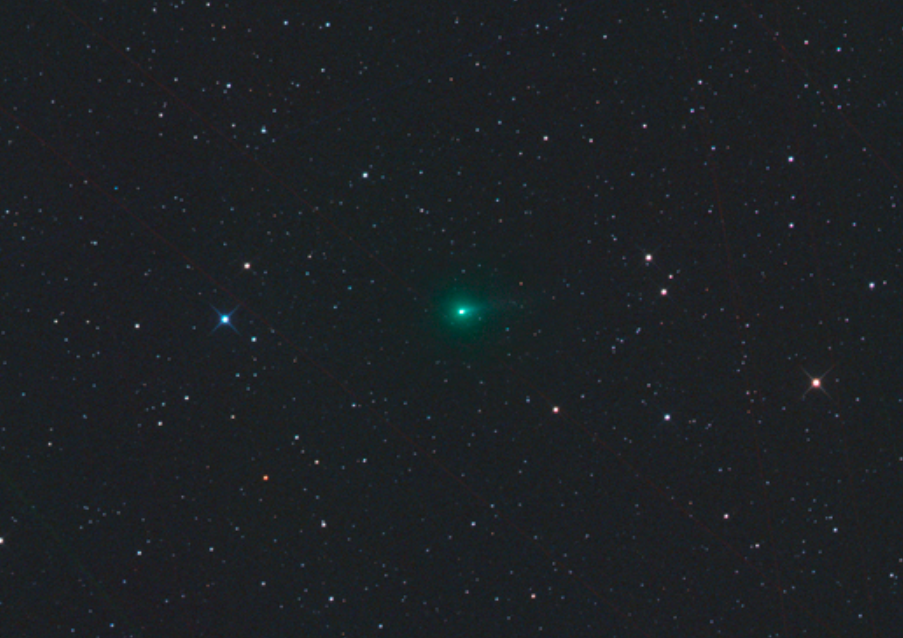
Spying Interstellar Comet 3I/ATLAS Near Perihelion
October 28, 2025Everyone’s favorite interstellar comet 3I/ATLAS isn’t really hiding near perihelion this week, as amateur astronomers reveal. Don’t believe the breathless ballyhoo that you’re currently reading around the web about interstellar Comet 3I/ATLAS. In a clockwork Universe, comets are the big wildcard, and interstellar comets doubly so. This particular comet is scientifically interesting enough in its own right, no alien interlopers needed.
-
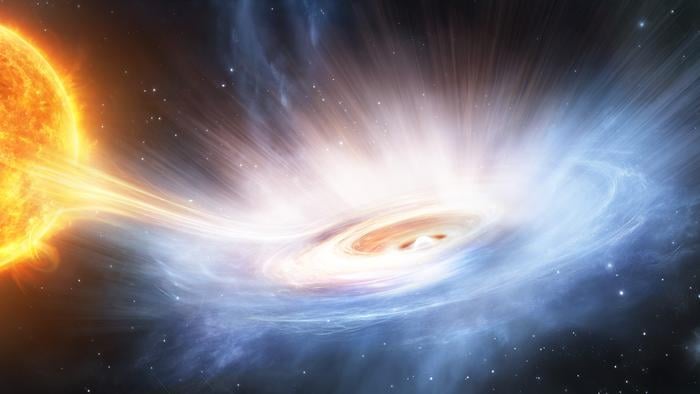
XRISM Catches a Pulsar’s Cosmic Wind...and Sees a Surprising Result
October 24, 2025The Universe is a strange place. The X-Ray Imaging and Spectroscopy Mission (XRISM) orbiting observatory recently highlighted this fact, when it was turned on a pulsar to document its powerful cosmic winds. The discovery comes courtesy of ESA’s Resolve instrument, a soft X-ray spectrometer aboard XRISM. The study looked at neutron star GX 13+1. This is a strong X-ray source located in the constellation Sagittarius, very near the galactic plane towards the core of our galaxy. GX 13+1 is about 23,000 light-years distant.
-

ESA’s Swarm Constellation Sees Growth in the Magnetic Field’s 'Weak Spot'
October 17, 2025Earth is a dynamic place, both on its surface and down to its very core. The European Space Agency (ESA) recently released findings from its Swarm constellation of Earth-observing satellites highlighting this fact, documenting activity in the planet’s magnetic field during its decade plus of extended operations. One key finding shows the well-known Southern Atlantic Anomaly is expanding in size.
-

Arab Scholars May Have Noted the Supernovae of 1006 and 1181
October 14, 2025It’s great to see old astronomical observations come to light. Not only can these confirm or refute what’s known about historic astronomical events, but they can describe what early observers actually saw. A recent study cites two Arabic texts that may refer to accounts of two well-known supernovae seen in our galaxy: one in 1006 AD and another in 1181 AD.
-

Comet A6 Lemmon's Encore October Evening Show
October 07, 2025October 2025 may provide a memorable sky scene, as Comet C/2025 A6 Lemmon puts on an encore appearance at dusk. The comet joins Comet R2 SWAN, which slides 0.26 Astronomical Units (AU) past Earth on October 20th. Both are currently fine objects for binoculars or a small telescope, vying for top spot at magnitude +6.
-

Catching the October Action With Jupiter’s Moons
October 03, 2025Jupiter and its moons are busy in October. If skies are clear, be sure to set your alarm and follow the largest planet in our solar system this month. While massive Jupiter always warrants a view through even a small telescope, its four major Galilean moons warrant special interest, as we’re in the midst of a season of rare double shadow transits.
-
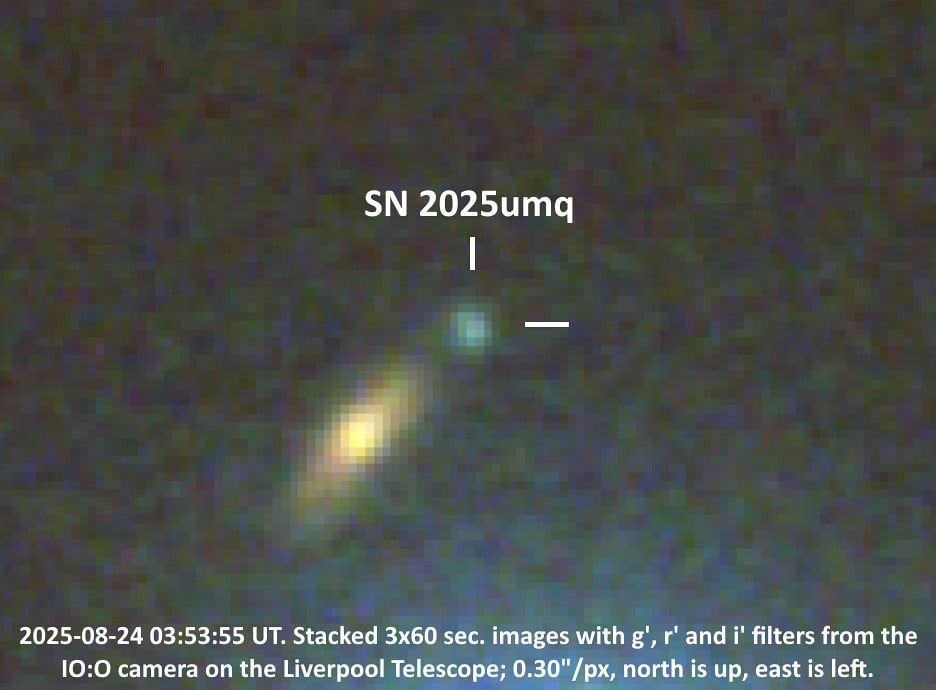
Dedicated Amateur Discovers Supernova in Remote Galaxy
October 01, 2025Astronomy is increasingly becoming an online affair. Recent discoveries of interstellar Comet 3I/ATLAS and R2 SWAN highlighted this fact, when both were first discussed on message boards and verified via remote telescopes before confirmation. Another recent find also shows what’s possible, as devoted amateur astronomer Filipp Romanov accomplished an amazing feat, and discovered a supernova in a remote galaxy.
-
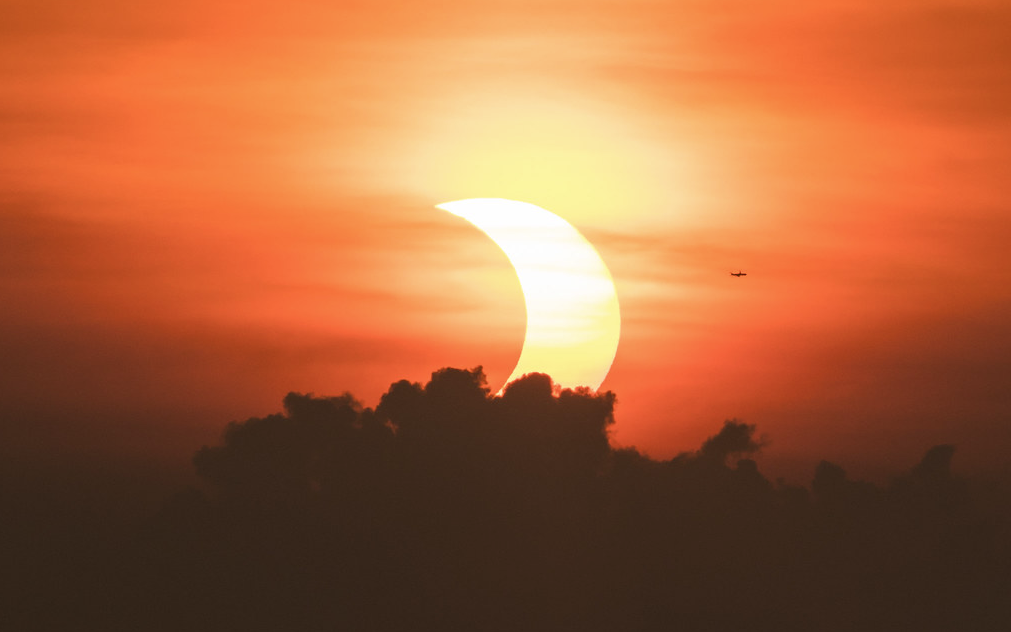
Catch a Far-Flung Partial Solar Eclipse This Weekend
September 18, 2025Subtle astronomical events can still produce memorable scenes, hidden away in distant locales. Such a spectacle goes down on Sunday/Monday, September 21st/22nd, with a partial solar eclipse. Although the eclipse only skims the southernmost portion of the South Pacific, viewers along the eastern coast of Australia, Antarctica and all of New Zealand will see an unforgettable sight, as a partially-eclipsed Sun rises out of the sea.
-
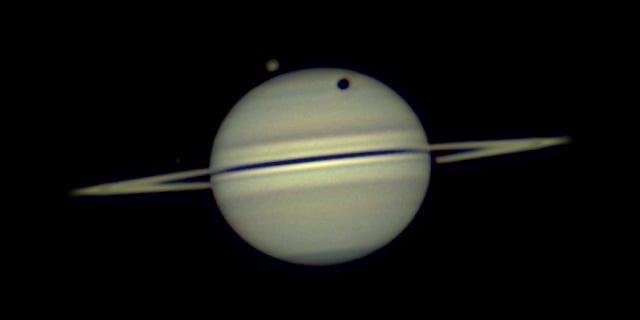
Saturn 'On Razor's Edge' at Opposition for 2025
September 17, 2025It seems like most of the planets have fled the evening scene. But that’s about to change this week. Saturn reaches opposition on Sunday, September 21st, passing closest to the Earth at just over 8.5 Astronomical Units (AU) or 1.3 billion kilometers distant, and rising opposite to the setting Sun. This marks the best time to view the ringed world, as it dominates the night sky from sunset until sunrise.
-
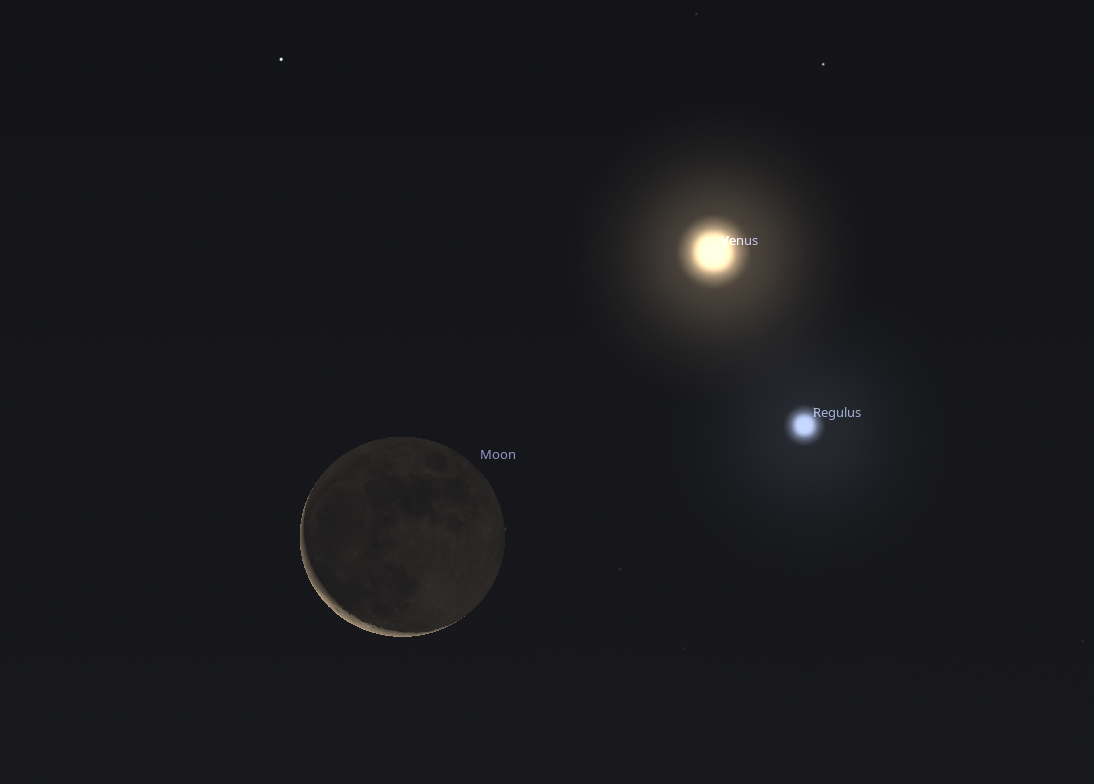
Rare Triple Conjunction Smiles at Dawn on September 19th
September 16, 2025Sometimes, it seems as if the Universe is literally smiling down upon us. If skies are clear this coming Friday September 19th, be sure to wake up early to catch a bizarre celestial scene as Venus, Regulus and the slim crescent Moon huddle together in the eastern dawn. This triple play is a complicated one, evolving one of the best conjunctions for 2025.
-
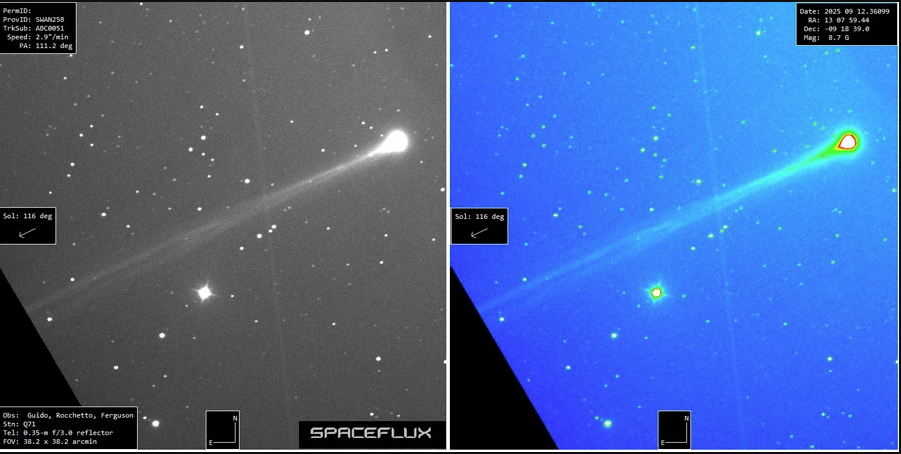
New Bright Comet SWAN Could Perform a Surprise October Show
September 15, 2025A new comet approaching from sunward could make a fine dusk appearance in October. There was chatter on the boards this past Friday September 12th, about a comet seen in the Solar Wind Anisotropies (SWAN) images near the Sun. Tentatively named SWAN25B and now formally designated as C/2025 R2 SWAN, this comet could put on a brief show in late September into October if it holds up.
-
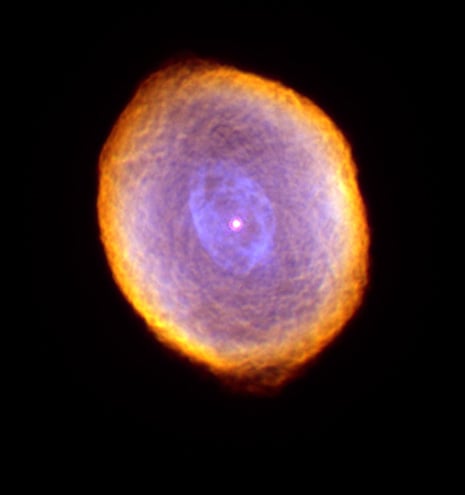
New Study Follows Planetary Nebula Through 130 Years of Evolution
September 12, 2025A study published in a recent edition of Astrophysical Journal Letters by researchers at the University of Manchester and Hong Kong University has charted the growth and evolution of IC418, spanning observations going all the way back to years after its discovery in the late 19th century.
-
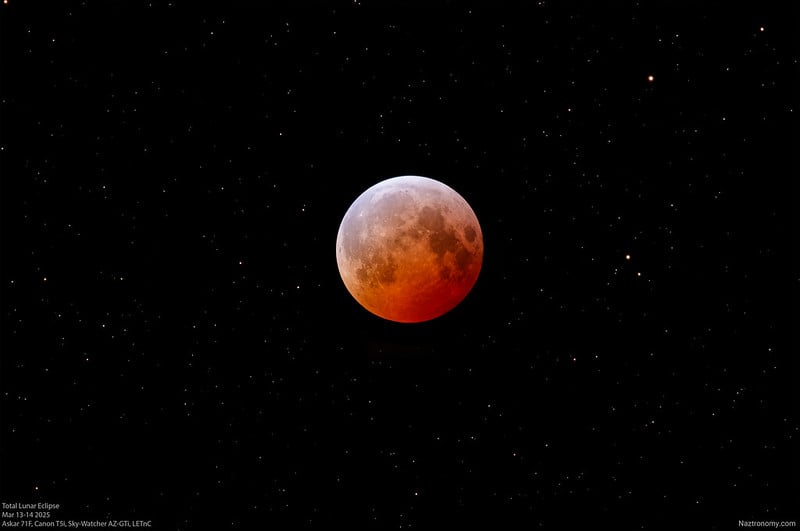
Catch the Final Total Lunar Eclipse of 2025 Sunday Night
September 04, 2025Live in the eastern hemisphere? If skies are clear, you have a chance to see a remarkable sight this Sunday night into Monday morning: the ‘Blood Moon’ of a total lunar eclipse. The eclipse favors the Indian Ocean region in its entirety. Europe sees the eclipse already underway at Moonrise, while Australia catches it in progress at Moonset. Only the Americas sit this one out in person... though you can still catch it live online.
-
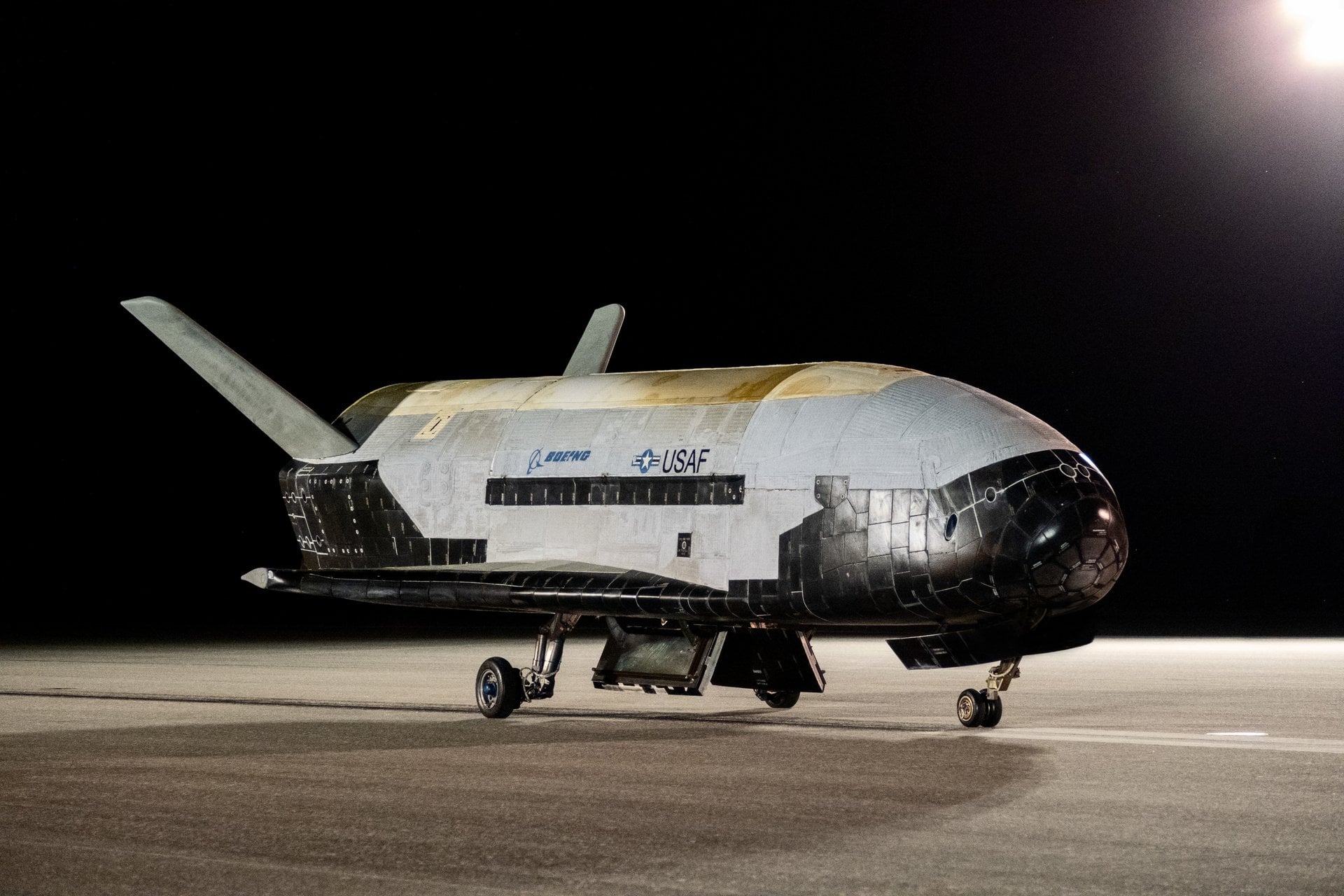
SpaceX to Launch Secret X-37B Space Plane Thursday
August 20, 2025The hunt will be on shortly, to once again recover a clandestine mission in low Earth orbit. SpaceX is set to launch a Falcon-9 rocket from launch pad LC-39A at the Kennedy Space Center Thursday night August 21st, with the classified USSF-36 mission. The U.S. Space Force has announced that this is the eighth mission for its fleet of two Orbital Test Vehicles (OTV-8). This is the automated ‘mini-space shuttle’ about the size of a large SUV that launches like a rocket, and lands like a plane.
 Universe Today
Universe Today